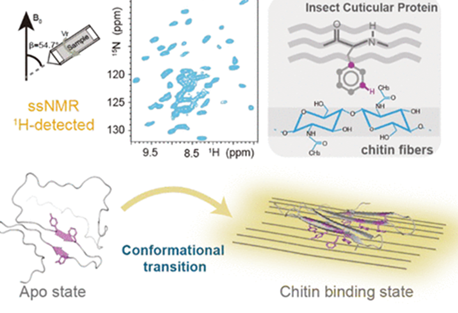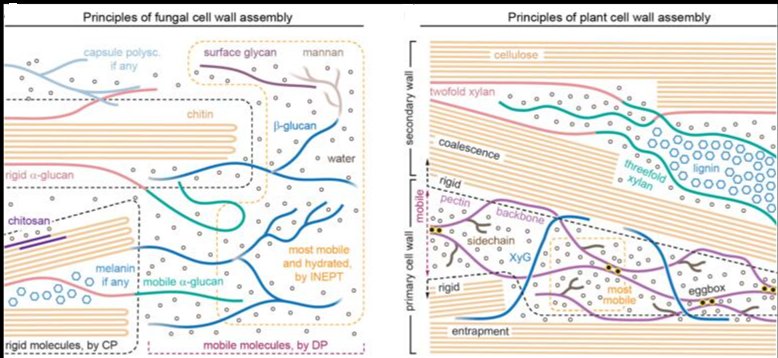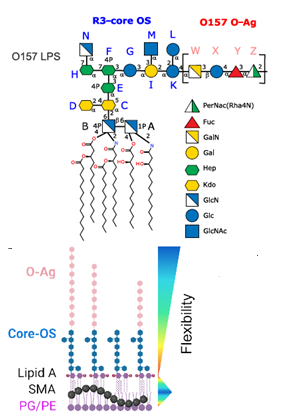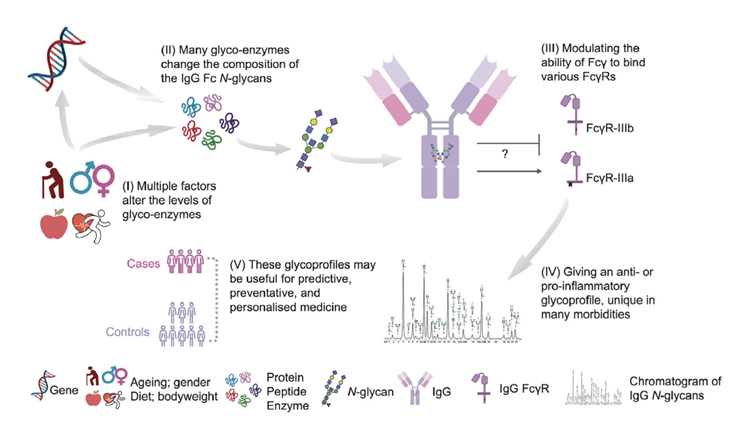Biological carbohydrate polymers represent some of the most complex molecules in life, enabling their participation in a huge range of physiological functions. The complexity of biological carbohydrates arises from an extensive enzymatic repertoire involved in their construction, deconstruction and modification. Over the past decades, structural studies of carbohydrate processing enzymes have driven major insights into their mechanisms, supporting associated applications across medicine and biotechnology. Despite these successes, our understanding of how multienzyme networks function to create complex polysaccharides is still limited.

Emerging techniques such as super-resolution microscopy and cryo-electron tomography are now enabling the investigation of native biological systems at near molecular resolutions. Here, we review insights from classical in vitro studies of carbohydrate processing, alongside recent in situ studies of glycosylation-related processes. While considerable technical challenges remain, the integration of molecular mechanisms with true biological context promises to transform our understanding of carbohydrate regulation, shining light upon the processes driving functional complexity in these essential biomolecules.




